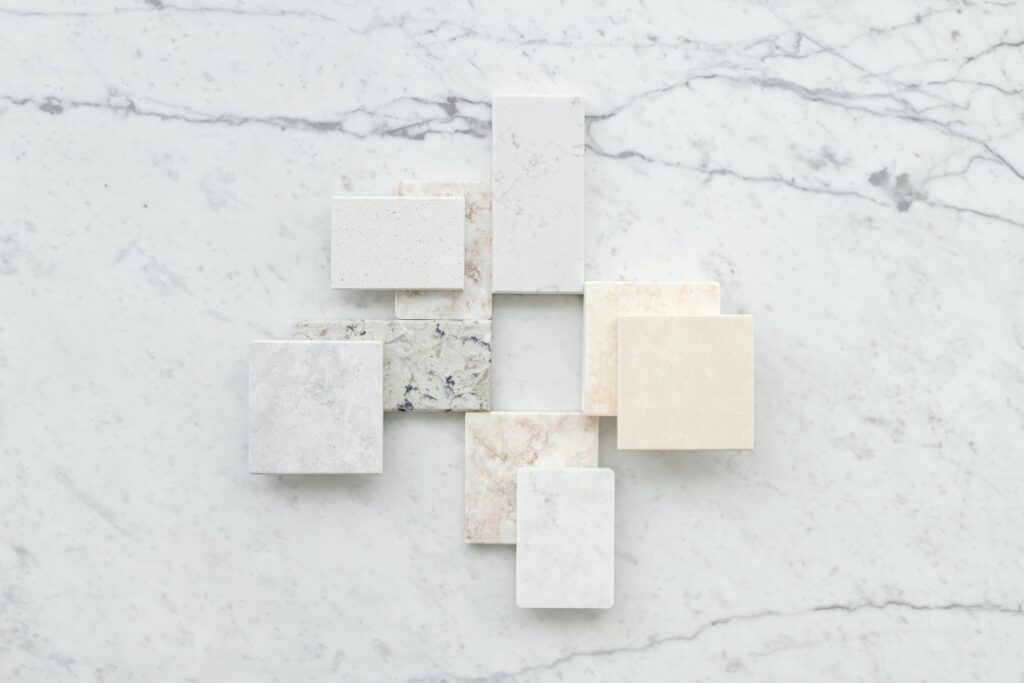?Natural Marble vs. Ceramic Tiles: Pros and Cons – What to Choose for Your Home Decor
Comparing marble and ceramic tiles can be quite perplexing. In this article, we will discuss the advantages and disadvantages of both marble and ceramic tiles.
Before delving into the features of marble and ceramic tiles, let’s start with some general information about each of them:
What is Natural Marble?
Marble, or natural stone, is a well-known building material used for thousands of years. It is renowned for its elegance, beauty, and aesthetic appeal. Marble has been used to adorn palaces, temples, government buildings, and homes for centuries.
Even in our modern era, many people prefer marble for its classical beauty when decorating their homes, villas, and public structures. Marble is 100% natural and is extracted from quarries. The process involves cutting marble blocks from mountains, transporting them, and shaping them into various sizes using specialized cutting machines. Some types of marble are treated with insulating chemicals, while others have reinforcing mesh added to maintain their durability, withstand the rigors of international shipping, and resist damage during handling.
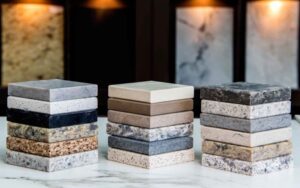
According to Wikipedia, marble is defined as “a metamorphic rock composed of very pure calcite (crystalline form of calcium carbonate). It is used for sculpting and as a building material, as well as for various other purposes such as flooring, walls, and bathroom tiles. Under rare conditions of high pressure and temperature deep within the Earth, marble can form.”
Marble’s Diverse Colors and Types:
Marble comes in various colors and types, such as beige, dark brown, pure white, white with gray veins, black with white veins, green, yellow, honey-colored, burgundy, and even transparent varieties that create stunning patterns when backlit.
Marble’s Water Absorption and Artistic Potential: Marble’s water absorption varies based on factors like density and hardness, surface treatment, and sealing. Skilled artisans can harness the natural veins in marble to create intricate designs in a process known as “embedded marble.”
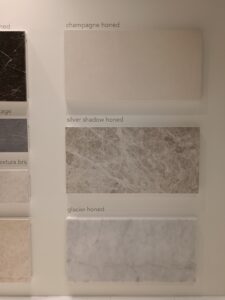
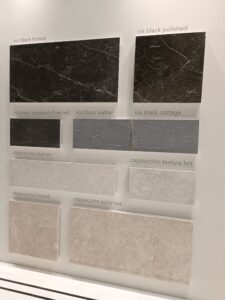
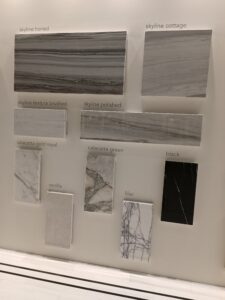
Maintaining and Considerations for Marble
Ease of Maintenance: Marble is relatively easy to maintain, requiring regular sweeping and damp mopping. Stubborn stains can be removed and its shine restored with specific marble polishing machines.
Drawbacks of Marble: Despite its beauty, marble is susceptible to scratches, chips, and cracks when subjected to sharp or heavy objects. Careful handling during transportation and installation is crucial. Additionally, non-acidic cleaners should be used to preserve its surface.
Expert Guidance for Marble Selection: Marble’s variety in types and colors can be overwhelming. Expert guidance is essential to choose the best option for your taste, budget, and home design. At Kurabi Turkish Marble Company, our experts are here to assist you in making the right choice for your home’s design. We look forward to learning about your preferences and providing the necessary advice in this regard.
Advantages and Disadvantages of Marble Tiles:
Pros of Marble Tiles:
- Enhanced Aesthetics: Marble instantly elevates the appearance of any space where it is installed, adding luxury and sophistication. Its diverse range of natural colors and flowing patterns offers an endless array of design possibilities.
- Customization: Marble tiles can be cut into various shapes, sizes, and thicknesses, allowing for the creation of unique designs and intricate decorative elements by skilled craftsmen.
- Timeless Elegance: Marble’s unique appearance, patterns, and flow contribute to a beautiful and elegant ambiance. It can transform any room into a luxurious space.
- Polished Brilliance: Polished marble tiles have a high sheen and are visually captivating. Dark marble allows light to shine brilliantly, creating a striking effect.
- Ease of Maintenance: Marble is relatively easy to maintain. Regular sweeping and mopping with a damp cloth are typically sufficient. For stubborn stains, specific marble polishing machines can restore its shine.
- Artistic Possibilities: Skilled artisans can create stunning designs using marble’s natural veining, resulting in unique and beautiful patterns.
Cons of Marble Tiles:
- Susceptibility to Damage: Marble is a hard material but can be scratched, chipped, or cracked when subjected to sharp or heavy objects. Careful handling during transportation and installation is essential.
- Maintenance Requirements: Periodic resealing and gap filling between tiles are necessary to prevent insect intrusion and dirt accumulation.
- Higher Cost: Marble is more expensive than ceramic tiles.
Given the significant differences between marble and ceramic, the choice ultimately depends on several factors, including the homeowner’s budget, design preferences, and the intended location for installation. For example, ceramic tiles are often preferred in bathrooms due to their water resistance, while marble adds a touch of elegance to living rooms or bedrooms.
Marble remains the best choice for exterior installations, where it enhances the surroundings with its distinctive beauty.
At Kurabi Turkish Marble Company, our experts can assist you in making the best choice to design your home. We are pleased to learn about your preferences and provide necessary advice in this field.

Advantages and Disadvantages of Ceramic Tiles:
Pros of Ceramic Tiles:
- Ease of Installation: Ceramic tiles are relatively easy to install and are lighter compared to other materials.
- Water Resistance: Most ceramic tiles are glazed, providing excellent protection against moisture and stains. They are resistant to water and most common stains.
- Design Variety: Ceramic tiles come in a wide range of designs and colors. They are also cost-effective compared to other flooring options.
Cons of Ceramic Tiles:
- Susceptibility to Cracking: Ceramic tiles can crack easily when subjected to heavy impacts.
- Temperature Sensitivity: They can feel cold during the winter months, making them less comfortable to walk on without rugs or wearing shoes.
- Limited Use in Detailed Architectural Elements: Ceramic tiles are not suitable for intricate architectural elements like columns, capitals, ornaments, cornices, or balustrades.
In conclusion, the choice between marble and ceramic tiles depends on various factors, including budget, design priorities set by the architect, and the specific location where the tiles will be installed. For example, bathrooms often benefit from ceramic tiles due to their water resistance, while marble is a top choice for adding elegance to living rooms or bedrooms.
Marble remains the best option for exterior installations, as it enhances the surroundings with its unique beauty.
At Kurabi Turkish Marble Company, our experts can assist you in making the best choice to design your home. We are pleased to learn about your preferences and provide necessary advice in this field.

